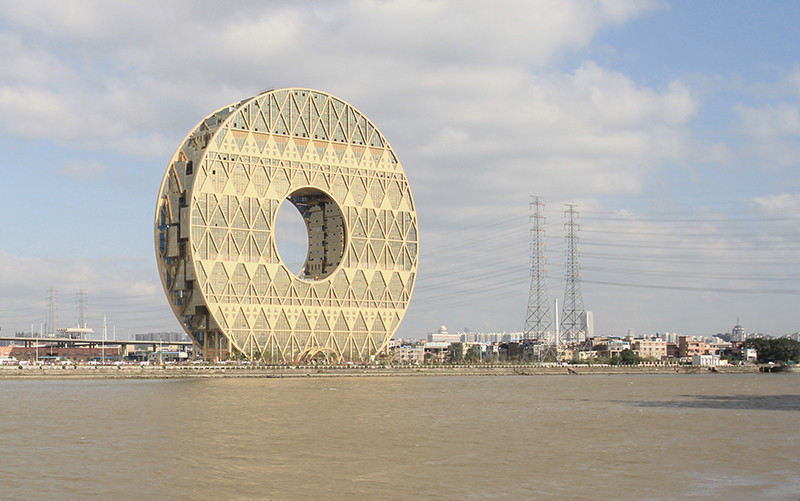
Recently, lots of controversial "Jumbos" have been erected on mainland China, leading most of their creators, architects from Western countries, to be placed at the centre of public discussion. Furthermore, China’s President Xi Jinping's recent comment about "no more weird buildings" has led the Chinese central government into this whirlpool. What can western landmark makers learn from all of this?
We met Joseph di Pasquale, architect of the Guangzhou Circle, in Milan some days after “weirdness” became the most used word in Chinese architecture. In the following edited talk with interviewer Yifan Zhang, the architect of the latest landmark in South China's largest city discusses his new project, the real circumstances in China, and the future for foreign architects.


